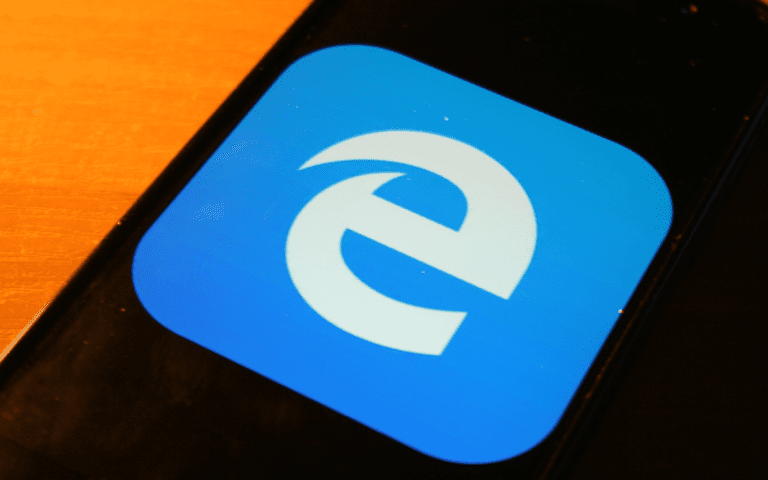Internet Explorer will no longer be available on modern Windows versions from Wednesday 15 June onwards. Microsoft is putting an end to the browser.
Most Windows 10 users will be redirected to Microsoft Edge, the modern variant of Explorer. For them, Internet Explorer is no longer available. Users of Windows 11 didn’t have access in the first place. This OS never supported Explorer.
For users of Windows 7, 8.1 or 10 Server, the app remains functional. “For supported operating systems, Internet Explorer 11 will continue receiving security updates and technical support for the lifecycle of the Windows version on which it is installed”, Microsoft shared in the announcement.
The end was expected. Microsoft began phasing out the browser as early as 2020. Support for Microsoft’s web apps was gradually stopped. The web version of Teams became unusable in November 2020, followed by Azure DevOps in December and Microsoft 365 the following year. The death blow came in May 2021. Microsoft announced the approaching deadline of 15 June 2022.
An end to Internet Explorer
The browser’s best days are in the past. Microsoft launched Internet Explorer in 1995. The browser was impossible to ignore for anyone working with Windows. In 2008, everything changed. Google launched Chrome, based on an open-source backend for browsers: Chromium.
Over the years, Google ate into Microsoft’s market share. Whereas Internet Explorer remained the most popular in 2012, Chrome had more than 60 times more users by 2020. In the same year, Microsoft decided to develop its own Chromium-based browser. Edge’s code was rewritten. A success, as the number of users doubled in the past two years.
Despite all efforts, the browser stays in the shadow of Chrome. A recent study by Statista shows that about 4 percent of all internet users use Edge. 64 percent prefer Chrome. Less than one percent use Internet Explorer. Naturally, few will notice the end.
